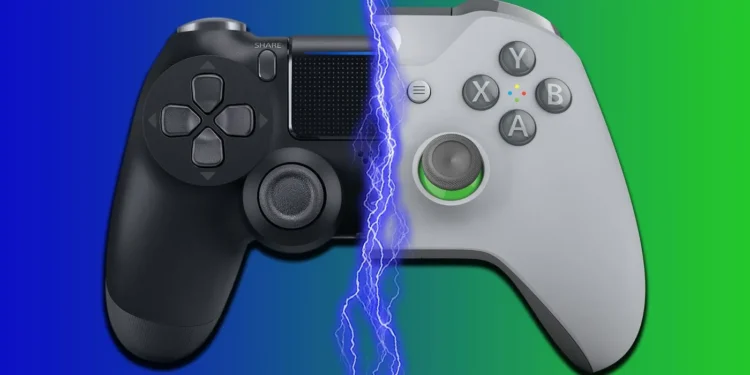At a time when its traditional adversaries have shifted their focus, Sony continues to uphold the old-guard philosophy of console competition. Despite the changing tides, Sony is doubling down on its hardware prowess with the launch of the PS5 Pro and continues to secure exclusive rights to blockbuster titles like “Final Fantasy 7 Rebirth” and “Death Stranding 2”. However, this approach now appears more an act of guarding legacy than a strategy aimed at outright victory.
Sony’s persistence in enhancing its console capabilities and securing exclusive games could be seen as a win in the traditional sense, but it’s a victory that feels increasingly isolated. With competitors exploring new territories, Sony’s efforts might seem like firing a pricey missile into an empty field—a powerful display, yet somewhat out of sync with the broader industry dynamics.
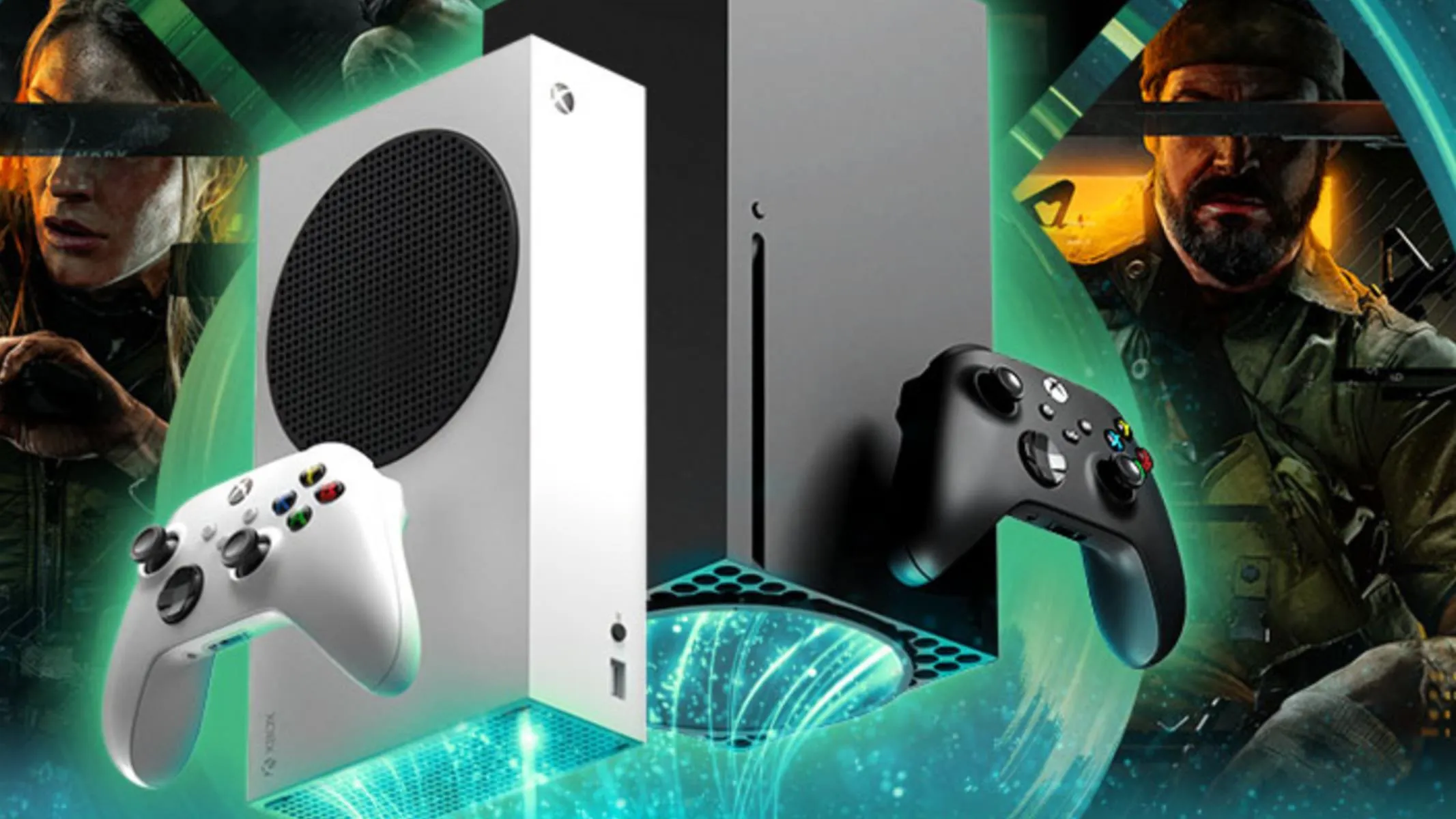
Microsoft’s Pivot: A New Horizon for Xbox
Microsoft’s Xbox has taken a drastically different route. The recent decision to make “Forza Horizon 5” available on the PS5 marks a significant shift, transforming Xbox from a direct competitor to a formidable third-party publisher. This move is emblematic of Xbox’s broader strategy to transcend traditional console boundaries, focusing instead on its Game Pass and the synergy between its vast array of studios and Activision/Blizzard.
The transition towards becoming a platform-agnostic publisher indicates Microsoft’s foresight in adapting to the new gaming era, where the battle isn’t over console sales but over ecosystem dominance. This strategy not only broadens Xbox’s audience but also enhances its influence across the gaming industry, reaching gamers irrespective of their hardware preferences.
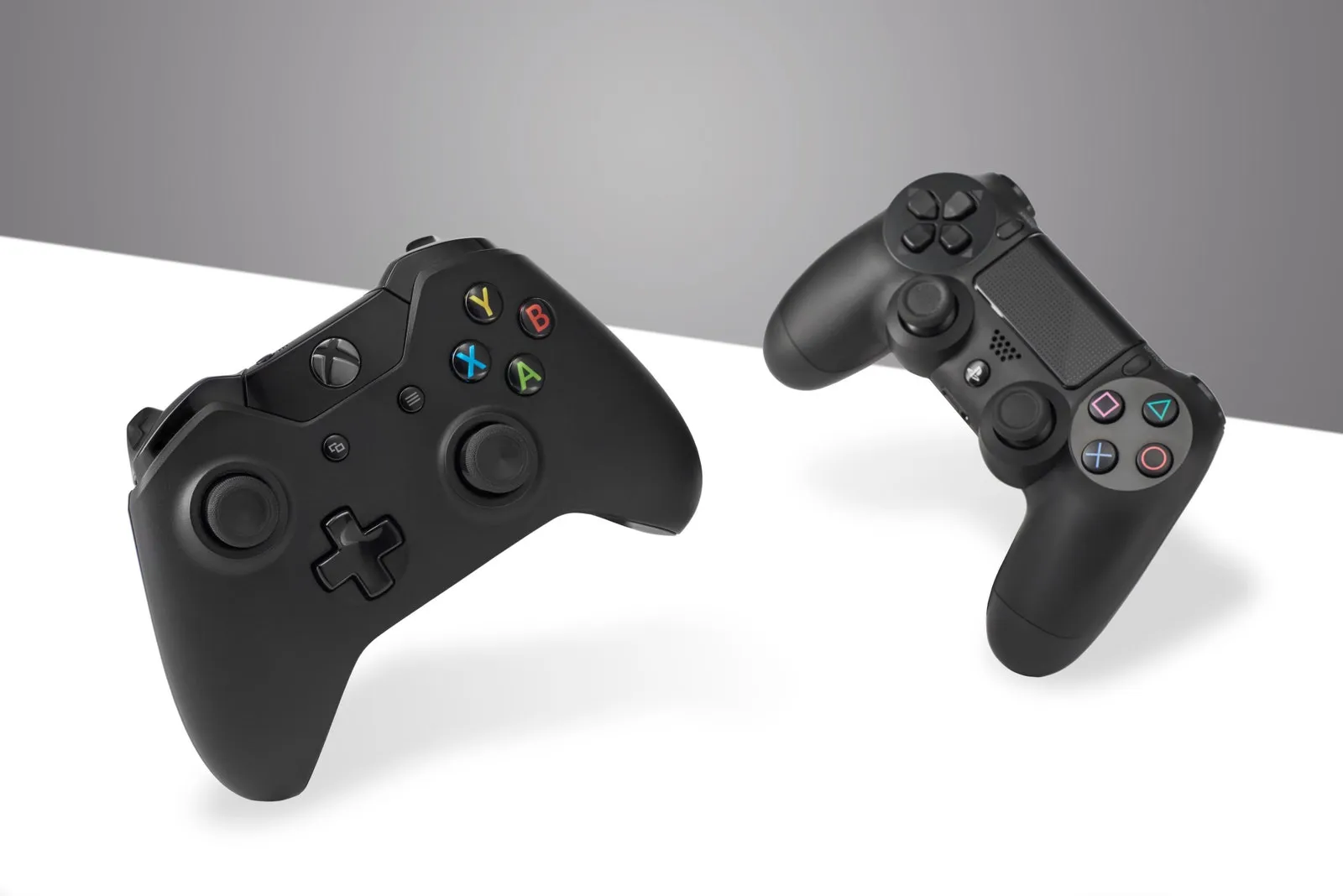
Nintendo’s Unique Path: Innovation Over Competition
Nintendo has long carved its niche by diverging from the console warpath and instead innovating with unique hardware offerings like the Switch, which merged the appeal of portable and home consoles. With the upcoming launch of the Switch 2, Nintendo continues to focus on what it does best: delivering distinctive gaming experiences that resonate with a broad audience.
The company’s strategy of periodic, innovative hardware coupled with compelling first-party titles allows it to thrive outside the conventional console cycle. This approach not only insulates Nintendo from direct competition but also turns its business model into one that other companies struggle to emulate effectively.
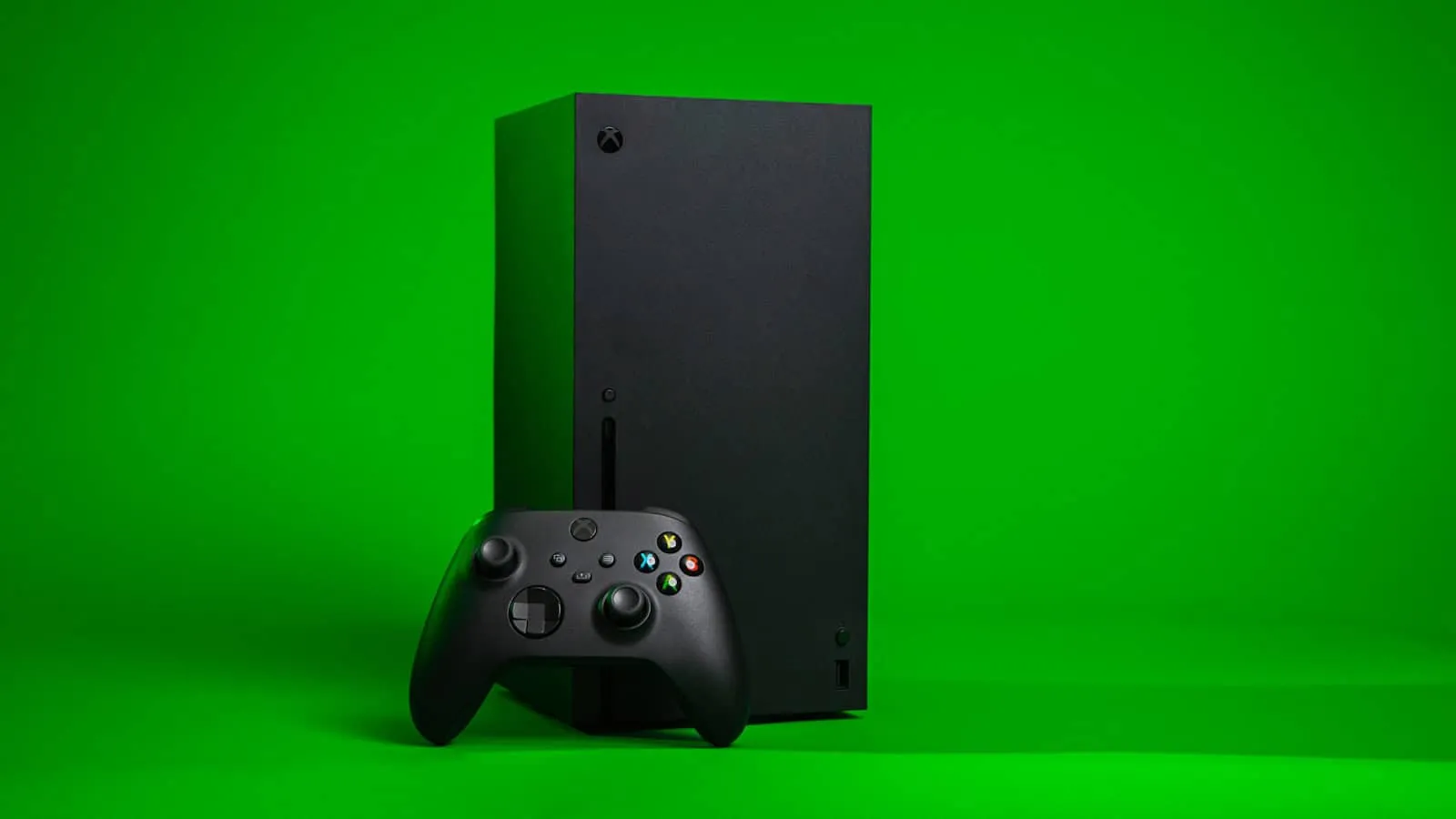
The Broader Implications: A Shift from Consoles to Content
As the console wars deescalate, the focus in the gaming industry shifts from hardware to content and accessibility. This transition is further evidenced by the rise of mobile gaming and the increasing significance of cross-platform playability. Companies that once poured vast resources into outdoing each other in hardware specs are now reevaluating the importance of software and services that can attract and retain users across multiple platforms.
The era of aggressive competition over console hardware is giving way to a more nuanced battle over ecosystems, where the lines between competitors blur, and collaboration can sometimes be as advantageous as competition. The future of gaming looks less like a battlefield segmented by console lines and more like a diverse landscape where content and player experience reign supreme.
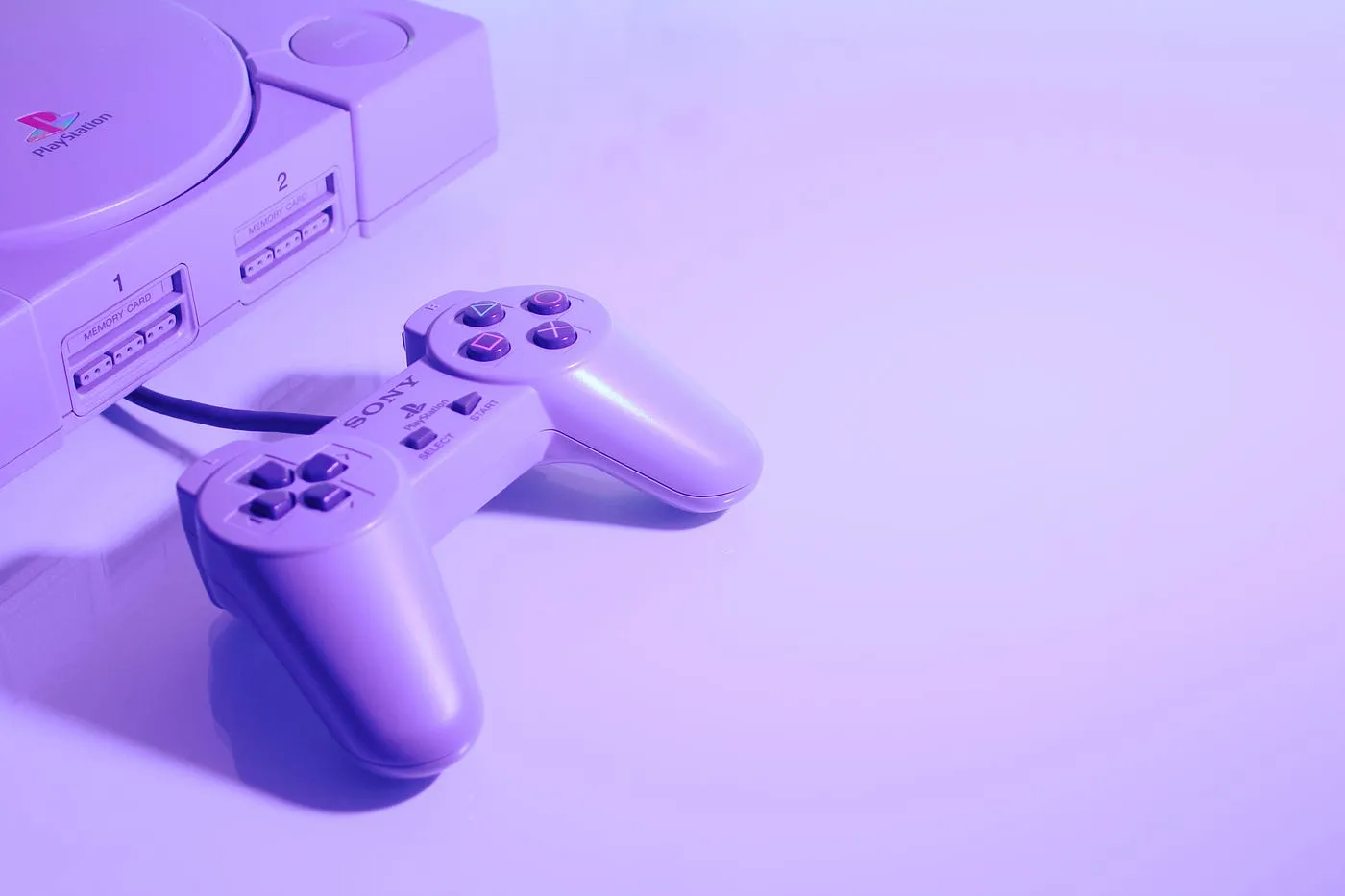
While 2025 might not mark the exact end of the console wars, it symbolizes a significant turning point. The strategies of Sony, Microsoft, and Nintendo not only reflect their individual corporate philosophies but also hint at the evolving dynamics of the global gaming market. As these companies adapt to the changing preferences of gamers and technological advancements, the remnants of the console wars offer a poignant lesson: in the race to the future, flexibility and innovation are key. The final chapter of the console wars has likely been written, not with a definitive victor, but with a new understanding of what it means to win in the gaming industry.

